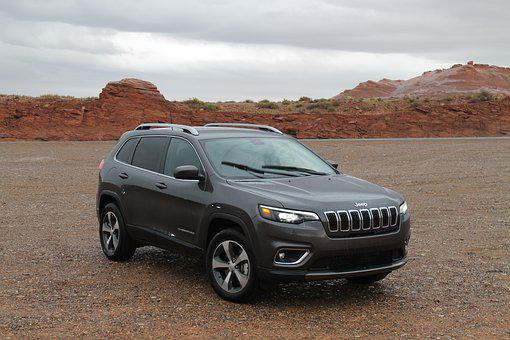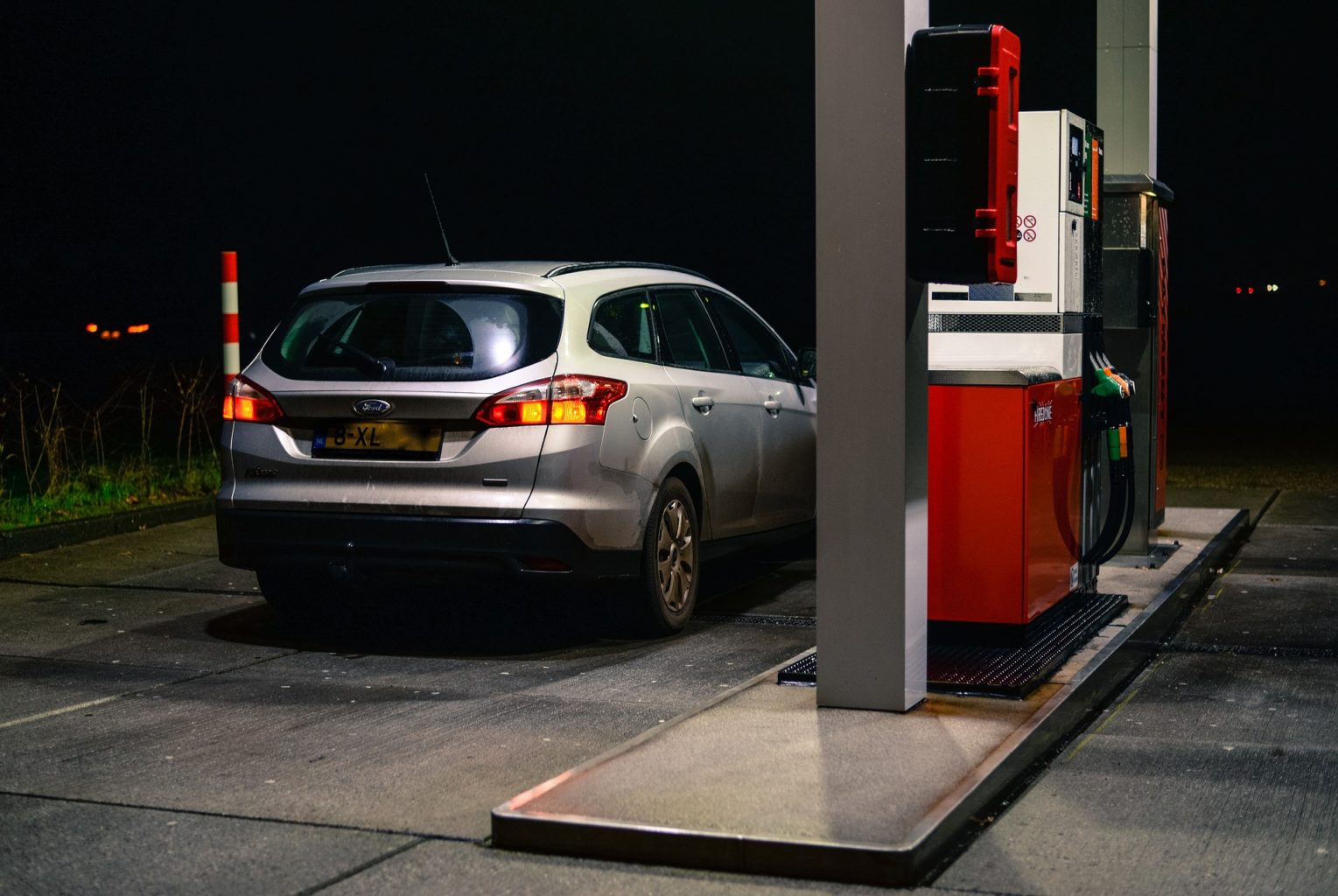
What Happens If Your Car Runs Out Of Oil?
When it comes to maintaining your car in good shape, frequent oil changes are critical.
But what happens if your car runs out of oil while driving?
As a result, knowing how to restart a car after it has run out of oil is crucial, as it can prevent your vehicle from incurring irreversible engine damage.
Your Car’s Oil And Engine
Keeping your car properly maintained with oil is essential since oil is the lifeblood of your engine.
Your engine, like your body, relies on oil to run properly.
Excessive engine wear and/or seizure might result from a lack of engine oil or even a dirty oil.
Seizures are caused by the engine seizing due to a lack of motor oil.
Driving a car that has run out of oil might result in serious harm.
The engine is made up of a sequence of moving pieces that brush against each other.
This causes a lot of friction, which might lead to the parts breaking down.
Using engine oil prevents these components from rubbing against each other and causing wear and tear.
It also prevents the buildup of dirt and debris, which can also cause harm.
It’s not just the engine that is at risk if your automobile runs out of oil.
The entire vehicle may go out of commission.
Keep your car well-lubricated and check the oil level frequently.
Get your automobile serviced regularly so that any possible issues may be addressed before they become too serious.
What Happens If Your Car Runs Out Of Oil?
Checking the oil in your car regularly and making sure that your engine has enough oil in it is extremely important for drivers.
For any motorist, running out of engine oil will result in serious consequences.
However, driving without oil causes substantial damage that can fail critical components.
At first, there may be no symptoms at all.
What typically occurs is that elements of your car become stuck together owing to a lack of lubrication, resulting in your vehicle becoming immobilized.
In what ways do you know if you need to change the oil in your car’s engine as soon as possible?
There are a variety of signs and symptoms of low oil levels.
- Heat build-up in the engine.
- When your car is idling or stopped at a stop sign, the RPMs are excessively high.
- Sounds coming from the engine compartment of your car
For drivers, it is extremely vital to check their car’s oil level regularly and to ensure that their engine has an adequate amount of oil at all times.
When it comes to older automobiles, this is more difficult because they often use psychical dipsticks, which need you to turn off the car to check the oil level.
Modern automobiles are equipped with electrical devices that alert you when your oil level is low, allowing you to avert severe engine damage.
Starting A Car After Running Out Of Oil: A Guide
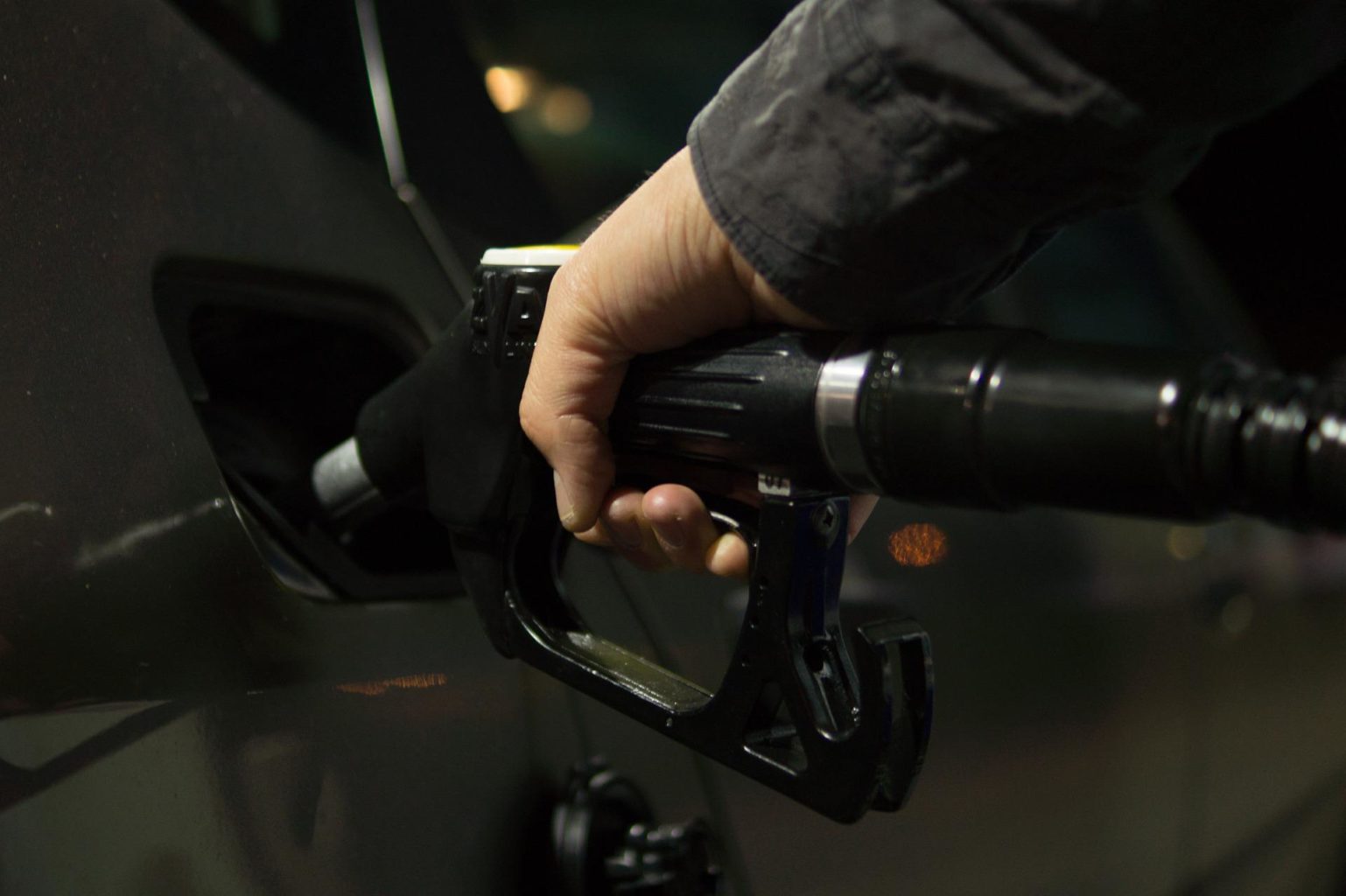
Maintain Your Composure!
Alternatively, your engine will overheat!
First and foremost, make sure your engine is turned off!
Keep the engine running if you notice your “check engine oil” light on or if you hear the engine clunking or thumping, as this indicates that your engine is low on oil.
It is possible that continuing to run the engine while it is displaying these symptoms will result in a seized engine.
Seized engines are extremely expensive to fix, so it’s better to avoid them entirely by turning off the engine as soon as you discover any warning signs of a problem.
If you are feeling any of these symptoms, pull over to the shoulder of the road and turn off your vehicle immediately to avoid further injury.
Find Out If The Car Ran Out Of Oil
If you have established that your car has run out of oil, you must realize that you are dealing with a much more serious problem on the inside.
If you’re not sure whether or not your car’s oil has run out, there are a few things you can do to double-check the situation.
One of the most straightforward methods is to fill it with oil and check if it rolls over.
If it does, you will know that you were running low on oil.
Is It Possible To Start The Car By Adding Oil?
One of the most frequently asked concerns concerning automobiles is whether or not adding oil can aid in the starting of a motor vehicle.
The answer to this question is a little tricky because it is dependent on several different things.
If, on the other hand, the engine has already been wrecked, adding oil may not be of much assistance.
If you are experiencing difficulties starting your car, it is usually recommended that you speak with a specialist to obtain a better understanding of the situation.
Making a few adjustments to your car’s oil level may or may not be sufficient to get it going again, and you must understand all of the methods involved to avoid inflicting additional harm.
Drain And Clean The Oil Pipeline
Locate and remove the oil drain plug from the engine.
Make sure you have a container ready to capture the oil when it spills out of the drain.
Use a brush or vacuum cleaner to remove any metal particles from the channel after the oil has been drained.
The channel can be refilled with new oil if no particles are visible.
But if you see any holes in the channel, you should have them repaired immediately.
Engine damage can occur as a result of this.
After Removing Spark Plugs, Grease The Cylinders
After removing the spark plugs from the engine, each cylinder must be refilled with engine oil.
This should be done cautiously, taking care to ensure that all cylinders are properly stocked.
Because this will help you identify whether your engine needs to be overhauled or replaced, you must do this immediately.
The engine can be fired up with a breaker bar after it has been running for a few days to allow the engine oil to settle into the engine.
Your ability to see how well your engine is working depends on how well everything goes according to plan.
Regardless of whether or not there are issues, you will be able to address them and make the necessary remedies.
If you follow these basic procedures, you’ll be able to get a good idea about the condition of your engine and whether or not it needs to be repaired or replaced.
Keep in mind that the specifics of these procedures may differ based on the make and model of your vehicle.
Crankshaft Rotation
The crankshaft must now be rotated to complete the process.
This can be accomplished with a breaker bar and socket, or if you have one, you can use a 1/2-inch drive breaker rod.
Place the breaker bar on the harmonic balancer bolt and crank it clockwise until the balancer is in the desired position.
If it becomes stuck, you can use a cheater tube to provide you with more power to get it to move.
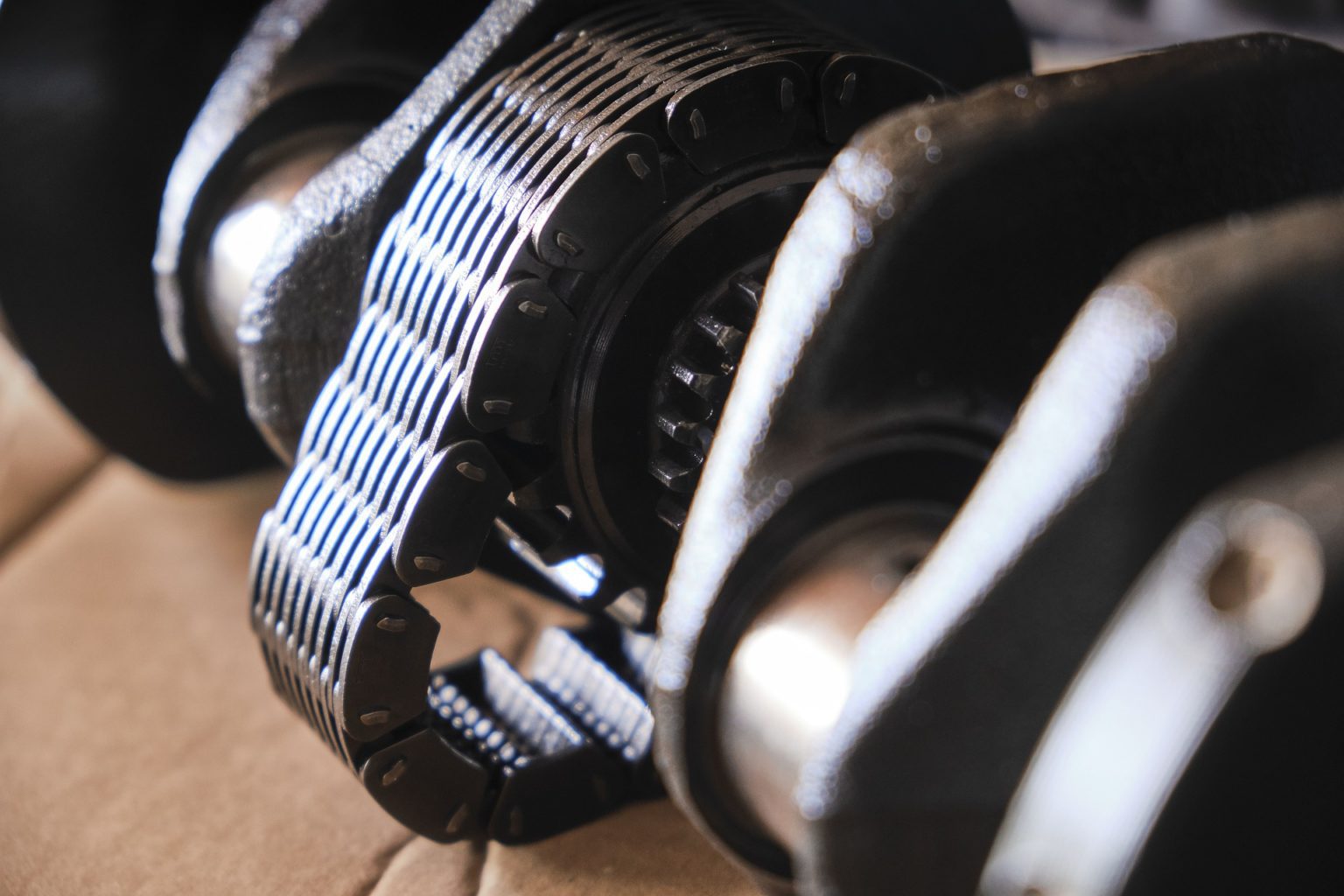
Continue to revolve the crankshaft until it is free to move.
Remember to keep an eye on the oil levels in each cylinder as you move along!
Once the crankshaft is free, remove the plugs and turn the engine over a few times by hand to ensure that the bearings are free.
This will aid in the distribution of the new oil throughout the engine’s internals.
Reinstall the plugs and turn the engine back on.
It should be highly lubricated and ready to go right from the start.
Start The Engine Manually
The following step is to start the engine.
This will ensure that the oil is evenly distributed throughout the engine.
This can be accomplished by cranking the engine for around ten seconds.
Make certain that the spark plugs are not in place and that the gasoline pump is not switched on before continuing.
This will help reduce the weight that is exerted on the components.
Bring The Fuze And Spark Plugs Back Into Service
Restore the plugs and the fuze to their original positions on the ignition system.
Check to see that the spark plugs are correctly tightened and that the fuel tank has been replaced.
Circulate Fuel Before Starting Up
Preparing the fuel for circulation is critical before turning on the engine.
To accomplish this, simply insert your key into the ignition and turn the vehicle on for a brief period.
Don’t start the engine; simply turn it on for a short period to get the fuel pump working.
Then switch off the key and give it a minute or two to cool down.
This procedure should be repeated 3-5 times.
After this procedure, remove your key from the ignition and wait for a few moments with it out of the ignition.
The engine will be fully greased as a result of this before you start it.
Turn On The Engine And Pay Attention!
Keep an ear out for any knocking or clanking noises when you first start your car.
Whether there is anything wrong with the engine and that it needs to be repaired is a possible indication.
If you notice any unusual noises in your car, take it to a repair as soon as possible.
It is possible that ignoring the problem will result in additional damage and a higher expense in the long run.
As a result, pay attention to any unusual sounds and take appropriate action if necessary.
Take The Vehicle For A Test Drive
First and foremost, pay attention to the sounds made by your vehicle as it idles for approximately 10-20 seconds.
If the engine does not make any clanking noise after 20 seconds of running at idle, let it run for a longer period until around 10-20 minutes have passed before proceeding.
This period will allow the fuel and engine oil to flow as they should before putting more strain on the engine.
Taking the vehicle for a spin should resolve the issue if you’ve waited long enough and there is still no knocking noise.
You should test drive it for around 10-15 minutes to observe how it behaves and whether or not there are any difficulties.
If everything goes according to plan, you’re good to go!
But if you hear a rattling noise or notice a problem with the car’s performance, you should take it to a mechanic to get it checked out.
Preventative maintenance is always preferable to dealing with automotive problems later on.
Consequently, pay close attention to your engine’s performance and take it for a test drive now and then to ensure that everything is functioning properly.
It’s always better to be safe than sorry, right?
FAQs
What is the recommended interval between oil changes?
Several factors influence how often you should replace your oil, including the type and condition of the vehicle you drive, how you drive it, and where you reside.
While it is not required by law, most mechanics recommend changing your engine oil every 3,000 miles or every three months, whichever occurs first.
If you live in a dusty location or if you drive a lot in stop-and-go traffic, you may need to replace your oil more frequently.
If you are unsure of when you last changed your oil, or if your vehicle is past due for an oil change, bring your vehicle to us for a fast inspection.
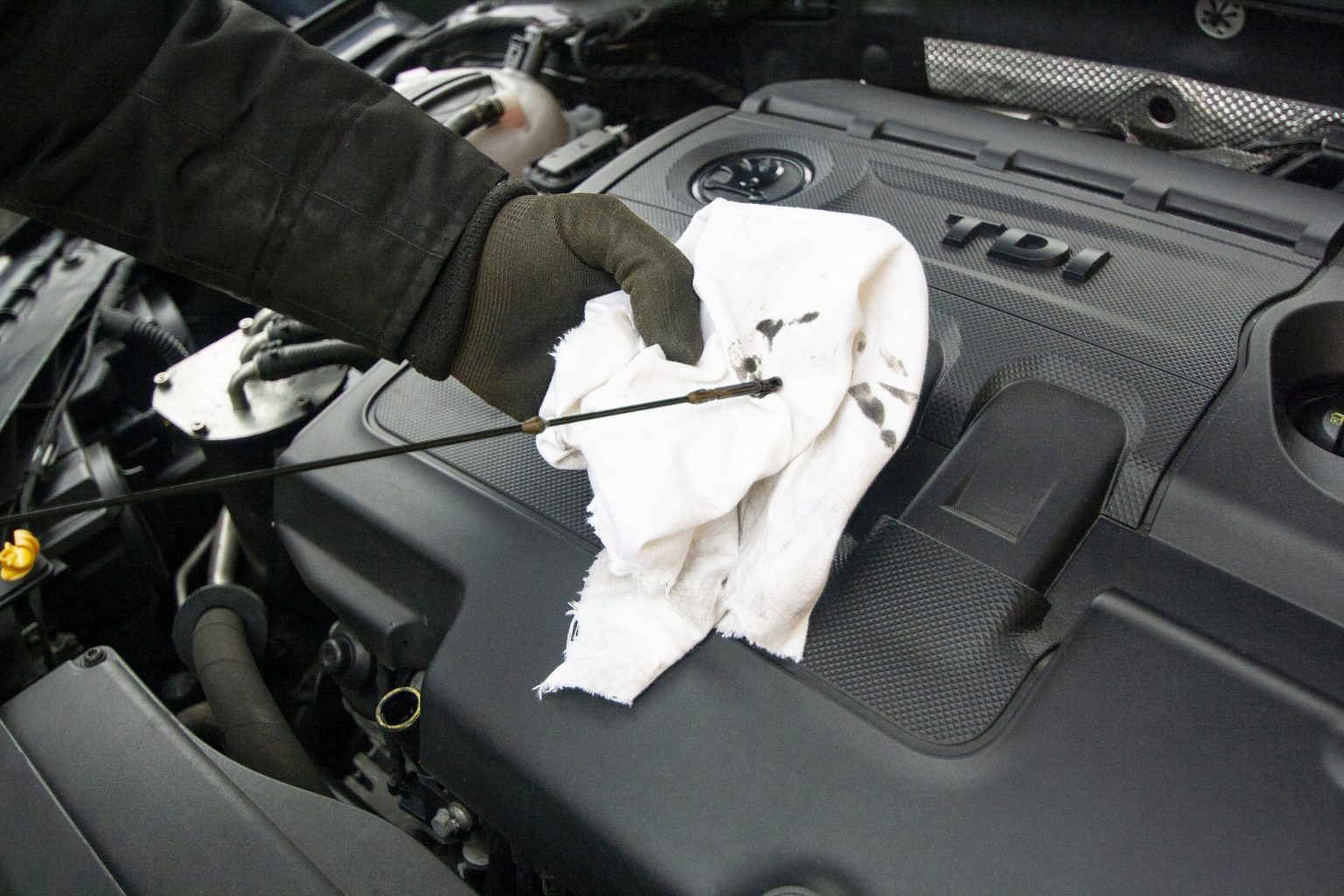
How can you tell if there is an oil leak?
Oil leaks can be difficult to spot, but certain common symptoms might assist you in locating one.
Here are a couple of pointers:
- Take note of any puddles of water on the ground or in your driveway.
- Make a visual inspection of the oil’s color. It may be leaking if it is black or dark brown.
- Keep an ear out for hissing noises, which indicate a leaking valve or gasket.
- Take a whiff of the oil. A strong stench may indicate the presence of a leak someplace.
- Ensure that you check the engine oil level regularly and that you are aware of any changes in consistency or color.
Is my car consuming too much oil?
When your engine reaches working temperature, you may notice a strong odor of burning oil, which could indicate that there is an oil leak in the engine.
Many different areas in the engine can have oil leaks, and it is not necessarily necessary for the oil to trickle to the ground.
It may drip onto another area of the engine.
When the engine warms up, the oil may burn.
A strong, harsh burnt smell will emanate from the device while it does so.
If you notice a burning smell in your automobile, we urge that you pull over as soon as it is safe to do so and check your oil levels immediately.
You may notice that your engine is having difficulty maintaining its coolant level, depending on where the leak is located.
Even though oil and coolant are supposed to be kept separate, if oil spills into another component of the engine, it can mix with the coolant and cause difficulties.
In addition, your mechanic will be able to diagnose the problem with an inspection.
So, what exactly does a burning odor in an automobile indicate?
It could indicate that your car is experiencing an oil leak or an overheating problem, among other things.
Regardless of the situation, don’t wait for things to get worse before pulling over so we can figure out what’s going on.
Summary
As a general rule, if you notice that your engine oil level is low, you should top it up immediately.
If you don’t, you risk damaging your engine and needing a costly repair.
It’s a good idea to maintain an extra bottle of oil in your car in addition to frequently checking your oil level.
With this strategy, you can deal with everything that comes your way.
You should pull over and seek help if your car runs out of oil.
This quick-fix just takes a few minutes to complete if you’re confident in your mechanical abilities and aren’t worried about damaging your vehicle due to excessive heat.
Check to see if you know how to restart a car that has run out of oil before attempting anything on your own.
